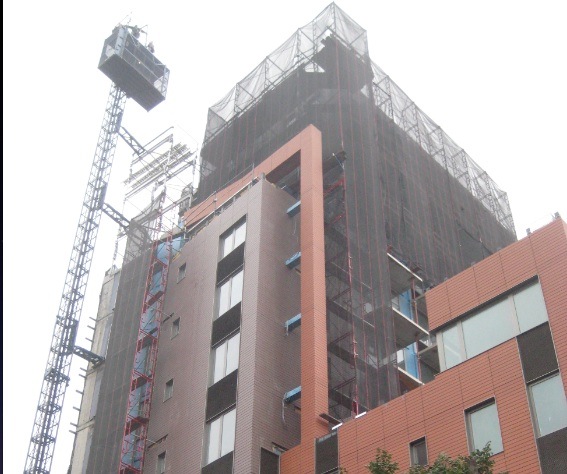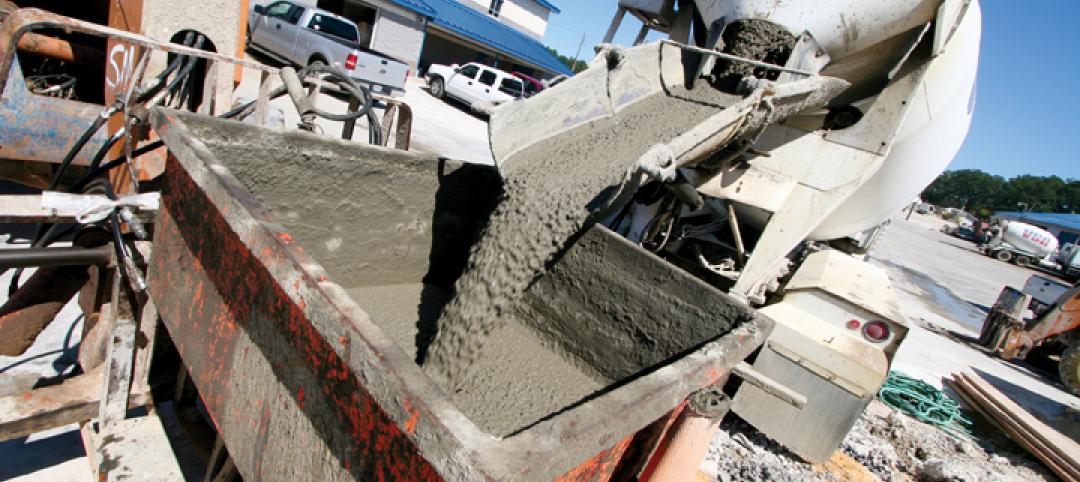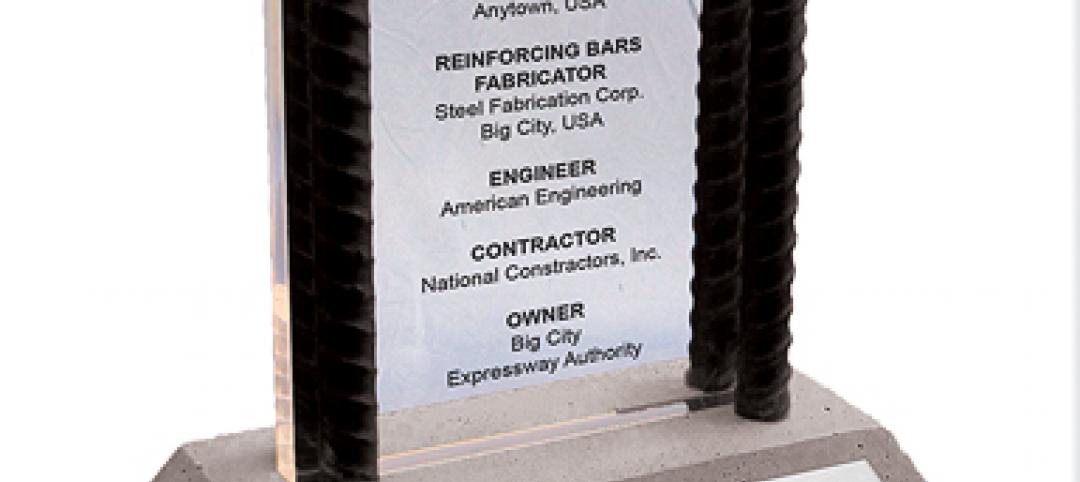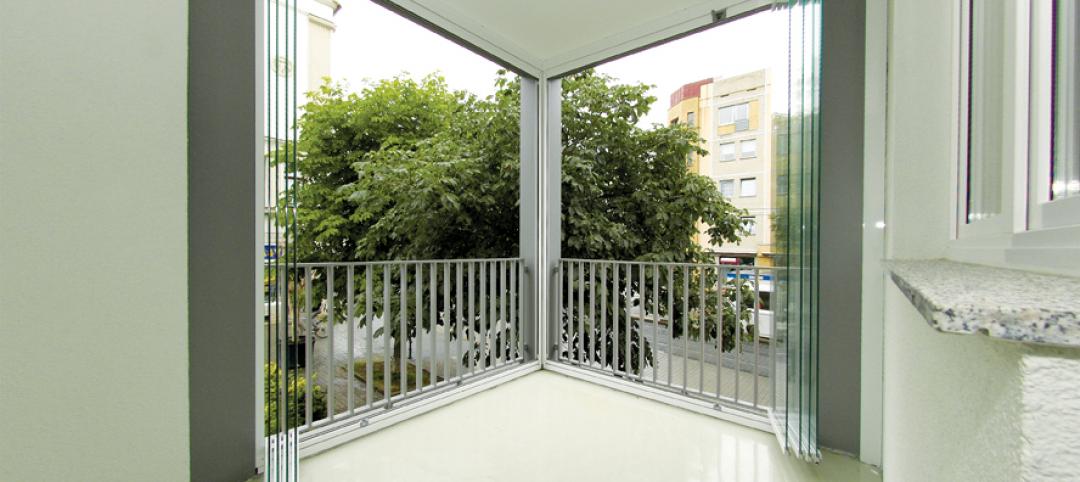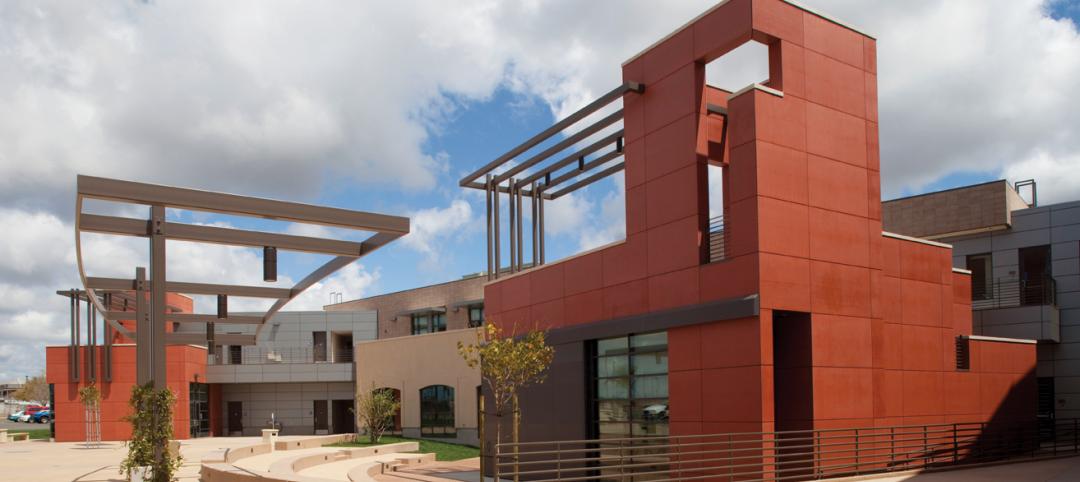Most buildings rely on a limited set of strategies for keeping water out. This course describes the rainscreen approach, which has six elements: cladding, cavity, thermal layer (insulation), air barrier, moisture barrier, and supporting wall.
When properly designed and detailed, the rainscreen approach can protect the wall from moisture damage, even in climates prone to heavy rainfall. This is because the rainscreen approach does not depend on any one element to provide perfect waterproofing protection, but instead relies on a multi-component strategy.
Take this free AIA/CES course at BD+C University
Course Learning Objectives
Based on the information presented in this course, you should be able to:
- Identify conditions that lead to water infiltration, as well as the forces by which water moves into buildings, so as to develop a comprehensive water management strategy that protects the building and enhances indoor environmental quality for occupants.
- Evaluate the effectiveness of various rain control methods, including mass walls, perfect barriers, and masonry veneers, and apply the rainscreen approach to enhance the performance and durability of the building envelope for improved IEQ and occupant health and welfare.
- Explain how the multiple elements of a rainscreen wall system work in concert to manage moisture and extend the lifespan of building materials, while identifying potential sources of error and premature deterioration that must be dealt with to prevent degradation to indoor environmental quality and occupant/visitor health and welfare.
- Explore the environmental and health implications of catastrophic exterior wall failure, using the examples of the Pacific Northwest condominium debacle, the failure of early EIFS cladding, and the subsequent improvement of EIFS systems.
Related Stories
| Jan 4, 2012
New LEED Silver complex provides space for education and research
The academic-style facility supports education/training and research functions, and contains classrooms, auditoriums, laboratories, administrative offices and library facilities, as well as spaces for operating highly sophisticated training equipment.
| Jan 3, 2012
Gilbane awarded $88M Contract for Ohio elementary school construction
The new award, which comprises the construction of five new elementary schools and demolition of 11 older facilities, is the latest K-12 building program managed by Gilbane for the Ohio School Facilities Commission since 1998.
| Jan 3, 2012
AIA Course: New Developments in Concrete Construction
Earn 1.0 AIA/CES learning units by studying this article and successfully completing the online exam.
| Dec 20, 2011
Aragon Construction leading build-out of foursquare office
The modern, minimalist build-out will have elements of the foursquare “badges” in different aspects of the space, using glass, steel, and vibrantly painted gypsum board.
| Dec 16, 2011
Stalco Construction converts Babylon, N.Y. Town Hall into history museum
The project converted the landmark structure listed on the National Register of Historic Places into the Town of Babylon History Museum at Old Town Hall.
| Dec 12, 2011
Skanska to expand and renovate hospital in Georgia for $103 Million
The expansion includes a four-story, 17,500 square meters clinical services building and a five-story, 15,700 square meters, medical office building. Skanska will also renovate the main hospital.
| Dec 12, 2011
CRSI design awards deadline extended to December 31
The final deadline is extended until December 31st, with judging shortly thereafter at the World of Concrete.
| Dec 10, 2011
Energy performance starts at the building envelope
Rainscreen system installed at the west building expansion of the University of Arizona’s Meinel Optical Sciences Center in Tucson, with its folded glass wall and copper-paneled, breathable cladding over precast concrete.
| Dec 10, 2011
Turning Balconies Outside In
Operable glass balcony glazing systems provide solution to increase usable space in residential and commercial structures.
| Dec 10, 2011
BIM tools to make your project easier to manage
Two innovations—program manager Gafcon’s SharePoint360 project management platform and a new BIM “wall creator” add-on developed by ClarkDietrich Building Systems for use with the Revit BIM platform and construction consultant—show how fabricators and owner’s reps are stepping in to fill the gaps between construction and design that can typically be exposed by working with a 3D model.


